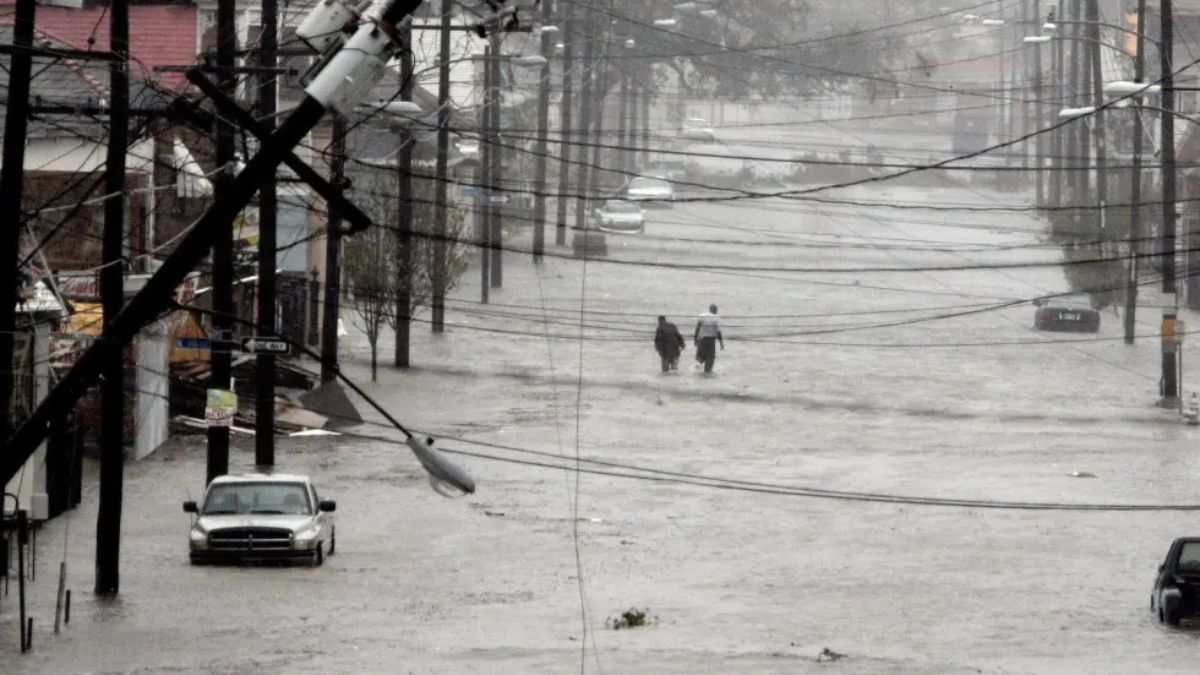Hurricane Katrina, one of the most devastating natural disasters in American history, made landfall on the Gulf Coast of the United States on August 29, 2005. It struck Louisiana, Mississippi, and Alabama with winds exceeding 125 miles per hour, thus, earning a Category 3 storm label.
If you are a history geek who loves to learn about important events from the past, Firstpost Explainers’ ongoing series, History Today , will be your one-stop destination to explore key events.
The Soviet Union successfully tested the first atomic bomb at the Semipalatinsk test site in Kazakhstan on this day in 1949.
Here is all that happened on this day.
Hurricane Katrina made landfall in the US
One of the deadliest hurricanes in the history of the United States, Hurricane Katrina , hit the US coast on August 29, 2005. This led to devastation and destruction in Louisiana, Mississippi, and Alabama with winds exceeding 125 miles per hour (approx. 200 kmph).
The storm surge caused the levee system in New Orleans to fail, inundating nearly 80 per cent of the city. Thousands of residents were stranded on rooftops, highways, and in shelters, awaiting rescue. The Superdome, intended as a refuge, soon became a symbol of the chaos, overcrowding, and lack of preparedness.
Hurricane Katrina claimed the lives of more than 1,800 people and displaced over a million residents, making it the costliest hurricane in US history at the time, with damages estimated at over $100 billion. Beyond the physical devastation, it exposed deep social and economic inequalities, as many of the hardest-hit were poor, elderly, or African American communities with limited resources to evacuate.
The federal government’s slow and inadequate response drew widespread criticism. Delays in aid, miscommunication among agencies, and poor coordination highlighted glaring weaknesses in disaster management. The tragedy sparked debates on emergency preparedness, climate change, and infrastructure resilience.
The Soviet Union tested its first atomic bomb
The Soviet Union successfully tested its first atomic bomb at the Semipalatinsk test site in Kazakhstan on this day in 1949. Codenamed RDS-1 and nicknamed ‘First Lightning’ in the USSR, the device was strikingly similar in design to the American ‘Fat Man’ bomb dropped on Nagasaki in 1945.
For years, the US had been the sole nuclear power, a position that gave it immense leverage in post-World War II geopolitics. US intelligence agencies, however, had been underestimating the speed of the Soviet nuclear programme, largely due to the work of a sophisticated spy network that had infiltrated the American Manhattan Project. The success of the Soviet test came as a shock to the West.
The blast yielded about 22 kilotons of TNT, comparable to the bomb dropped on Nagasaki. Soviet leader Joseph Stalin had ordered the rapid development of nuclear weapons after the devastation of World War II, recognising their importance in balancing global power and countering US influence.
The American government discovered the Soviet test in September 1949 through atmospheric radiation detection. The news shocked Washington and the wider world, ending the illusion of US nuclear supremacy. In response, the US accelerated development of the more powerful hydrogen bomb, while the Soviets expanded their own nuclear arsenal.
This event marked the beginning of an era of nuclear deterrence, with both superpowers locked in an arms buildup that shaped international politics for decades.
This Day, That Year
Netflix was founded by American entrepreneurs Reed Hastings and Marc Randolph on this day in 1997.
In 1893, American businessman and inventor Whitcomb L Judson was granted a US patent for a “clasp locker”.
)